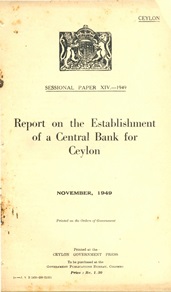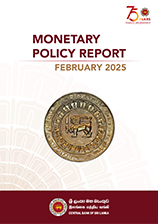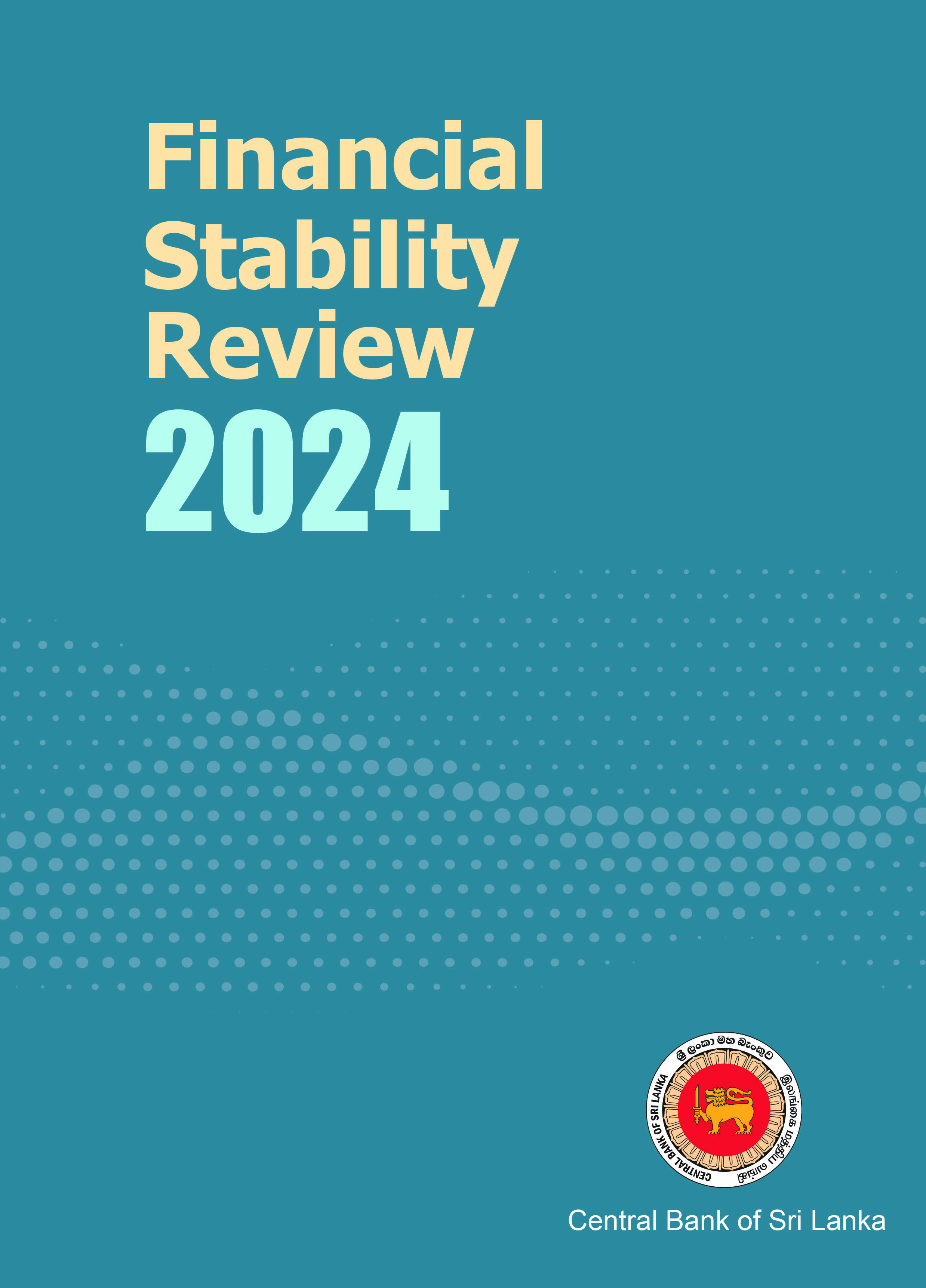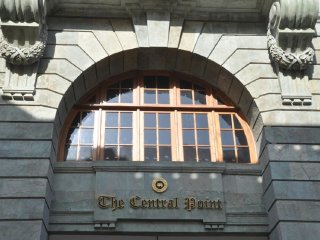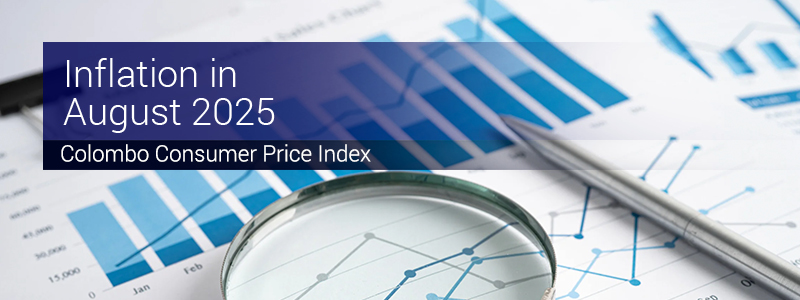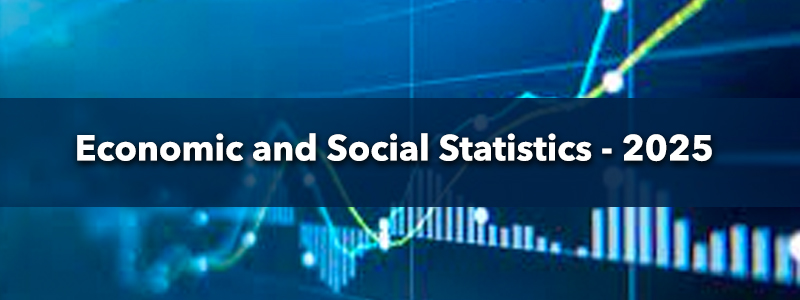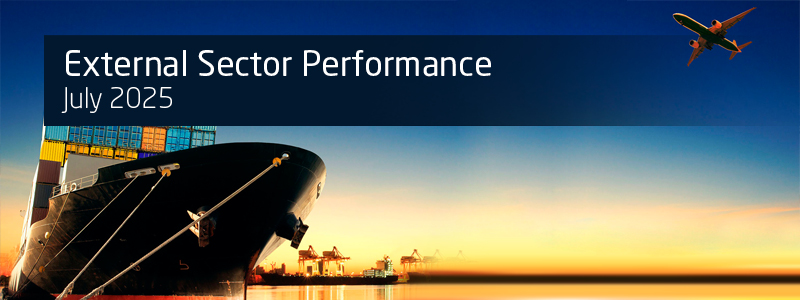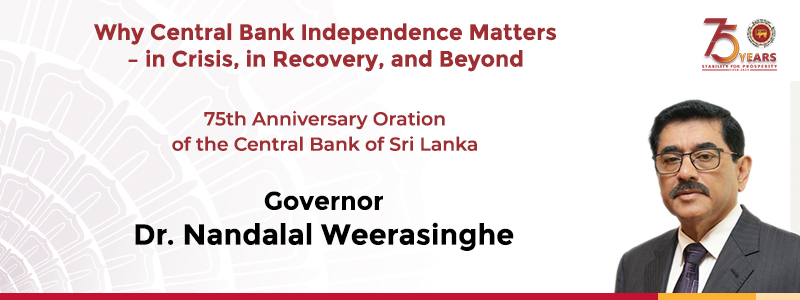The Ministry of Finance and the Central Bank of Sri Lanka wish to assure the public and all other stake holders that the banking system is stable, and that the operations of the State Banks are being carried out smoothly, contrary to statements made otherwise.
Press Releases
Notices
29.08.2025
Rs. 74,000 million Treasury bills are to be issued through an auction on 03rd September 2025
27.08.2025
Unauthorized Finance Business & Deposit Taking - Small & Medium Wealth Management Limited







